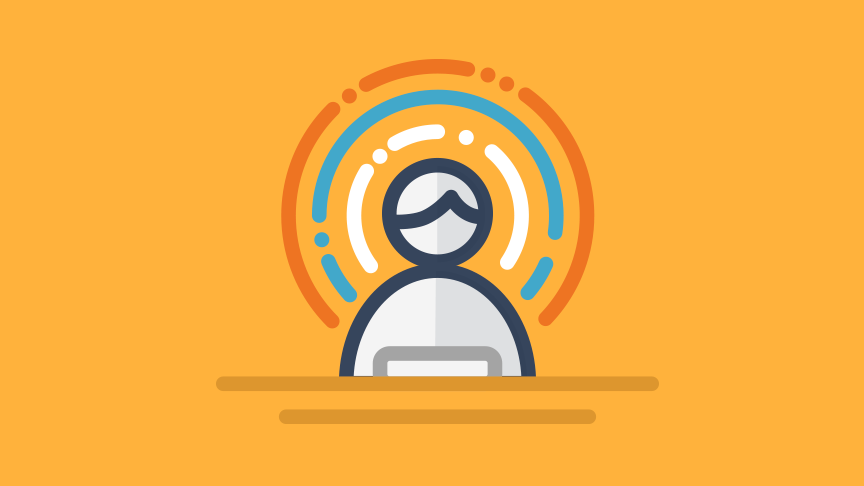Workplace Health and Wellbeing - Physical Exercise
It is unfortunate that many workplace environments have developed in a manner that fosters musculoskeletal disorders. Sitting in the same position for long periods, engaging in repetitive motions and maintaining poor posture all cause wear and tear and are harmful to your physical health. Extended sedentary behaviour at work is incredibly common, with more than 80% of UK office workers sitting at their desk for between four and nine hours a day, and almost half sitting at their desk for at least six hours a day. Fortunately, however, simple adjustments and habits can prevent much of this harmful wear and tear. Research shows that regular physical activity among office workers is effective in the prevention and decrease of physical pain.
Regular stretching and strengthening exercises are good for joint, bone and muscle health. Stretching has also been shown to improve flexibility, range of motion, circulation and posture. It also helps reduce tension, back pain, headaches and stress. Simply breaking up bouts of sedentary behaviour and sitting up tall go a long way towards preventing neck and back pain, looking after your health now and in the long term.
In addition to the physical health benefits of interrupting sedentary behaviour and regular stretching, increased physical activity has proven benefits for mental health and wellbeing. Regular aerobic exercise has been shown to decrease stress and tension, elevate mood, improve sleep and self-esteem. As little as five minutes of aerobic exercise can reduce feelings of anxiety, though guidelines suggest at least 30 minutes of moderate intensity aerobic exercise every day.
How we work affects our health and our health affects how we work. The benefits of integrated solutions for total worker health have been shown. Encouraging participation from the workers themselves in an inclusive way is the suggested model for improving employee health in a holistic manner. Small changes and regular interventions can make significant improvements to a broad range of physical health factors. These improvements are amplified and expanded when total worker health is taken to include emotional and mental wellbeing.
Further reading:
Mental Health Crisis Depression Eating Equality Parenting Work


